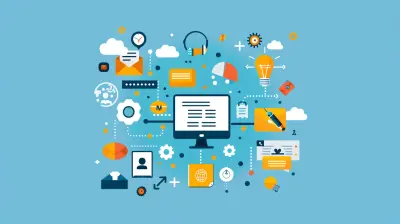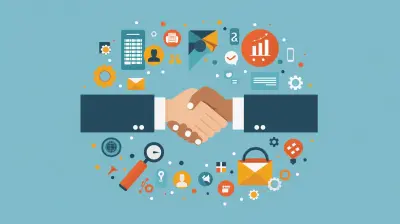Gamification Tactics to Boost Engagement in B2C
13 July 2025
Let’s face it—consumers today have the attention span of a goldfish. With a flood of content, brands, and products battling for eyeballs, standing out isn’t easy. But there’s a not-so-secret weapon that forward-thinking B2C businesses are tapping into: gamification.
Ever notice how hooked we get on games? Whether it's earning points on a fitness app, unlocking a badge on Duolingo, or spinning a digital wheel for a coupon, that little dopamine hit keeps us coming back for more. That’s what gamification does—it makes everyday experiences more rewarding, more interactive, and yes, more fun.
So if you're running a B2C business and struggling with low engagement, buckle up. We’re diving deep into the world of gamification tactics that can seriously supercharge your customer interaction, loyalty, and happiness.
What is Gamification in B2C?
Before we go further, let’s break it down. Gamification is the use of game-like elements—think points, levels, badges, leaderboards—in a non-game setting. In the B2C world, that usually means integrating these mechanics into marketing campaigns, digital products, apps, and customer experiences.But it’s not just about making things flashy. At its core, gamification taps into human psychology. We crave rewards, challenge, recognition, and progress. Gamification hands those things to the user on a silver platter.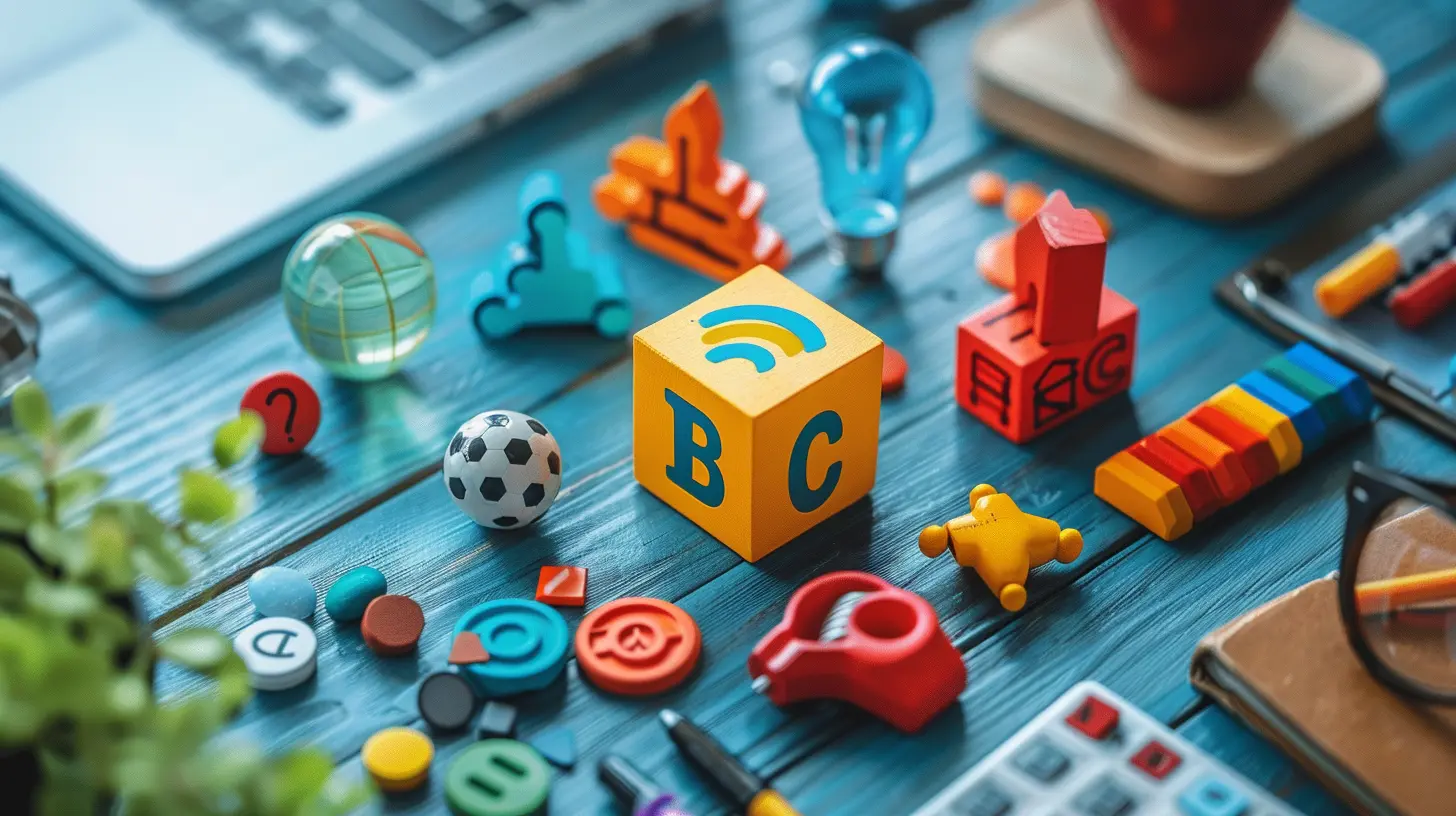
Why Use Gamification in B2C Engagement?
Let’s take a step back. Why does gamification work so well?Because it flips the script. Instead of bombarding customers with generic calls to action ("Buy Now!", "Subscribe!", "Share!"), gamification invites users to participate. It turns one-way communication into interaction.
Picture this: Would you rather fill out a boring form, or play a quick trivia quiz that naturally leads to the same result? Exactly.
Here are some core benefits:
- Increased User Engagement – People spend more time on interactive platforms.
- Better Retention – Users are more likely to return when there’s a sense of achievement.
- Higher Conversion Rates – Gamified funnels lead users deeper into your brand story.
- Enhanced Customer Loyalty – Rewards and recognition keep customers emotionally connected.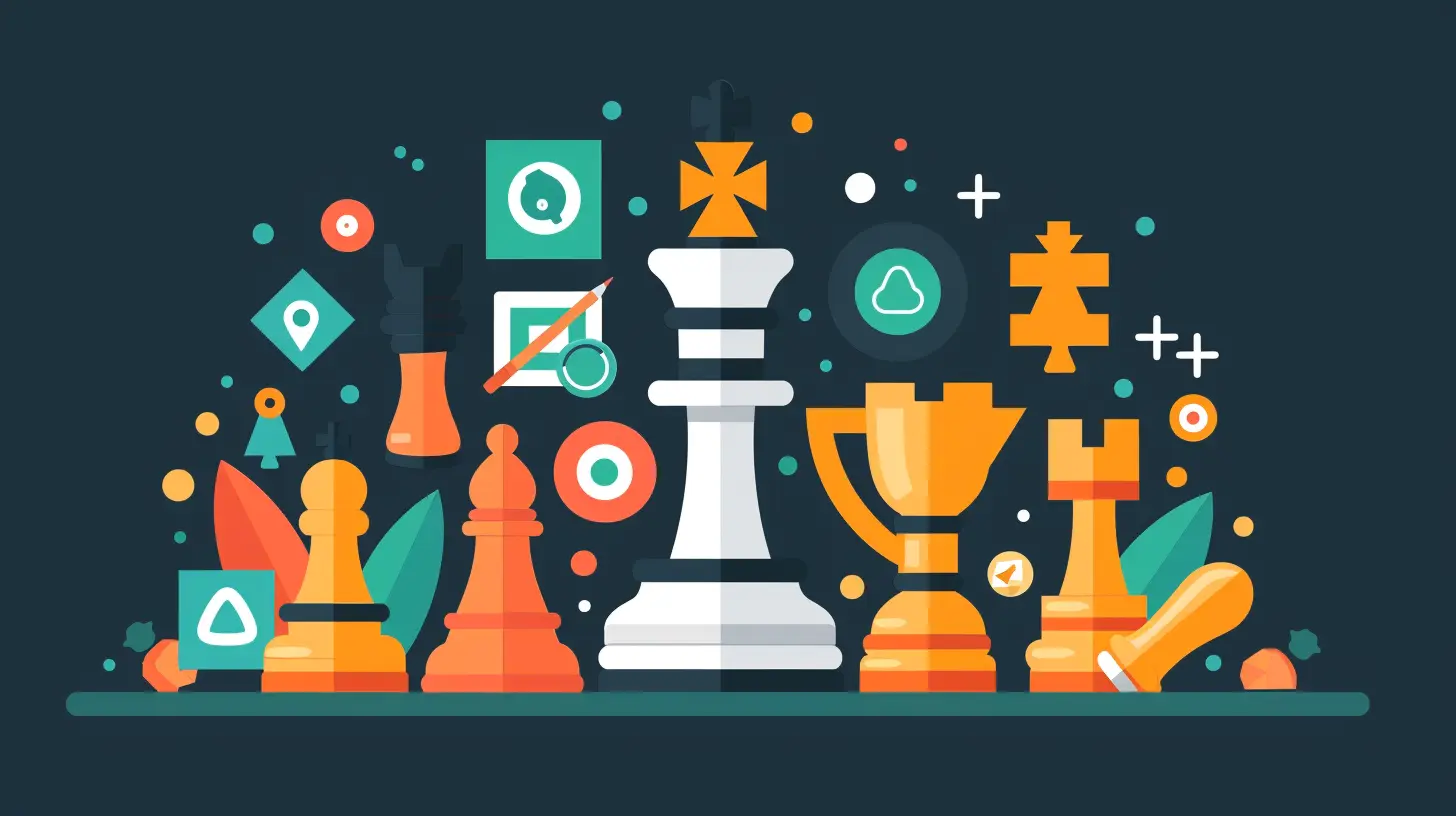
Key Elements of Gamification That Actually Work
Alright, enough theory. Let’s get into the meat of it.1. Points Systems
Simple but powerful, point systems give users instant feedback on their actions. Think about loyalty programs like Starbucks Rewards—each coffee gets you closer to a freebie. It satisfies that instant gratification itch.Make sure the points:
- Feel Valuable (e.g., 100 points = $1 credit)
- Are Easy to Earn initially (hook them early)
- Have Visible Progress
2. Badges & Achievements
Remember when you were a kid and sticker charts ruled your world? Badges are the digital equivalent. They celebrate milestones—completing a profile, referring friends, hitting purchase thresholds.Badges tap into:
- Recognition – People love showing off their “wins”
- Status – Higher-tier users feel elite
- Progression – Everyone wants to level up
Hint: Make them shareable. Social flexing is half the fun.
3. Levels and Tiered Memberships
Ever heard of FOMO? When users know that higher levels unlock better perks, they’ll work to get there.Examples:
- Bronze, Silver, Gold membership tiers
- Leveling up based on activity, purchases, or referrals
This taps into a deep desire for exclusivity. And it works like magic.
4. Challenges and Quests
Give users something to achieve. Not just "visit our site" instructions—real goals.Think:
- “Complete 3 purchases this week and earn a mystery reward”
- “Log in for 7 days straight to unlock a secret badge”
Make your challenges:
- Time-bound (urgency boosts action)
- Attainable (but not too easy)
- Rewarding (even small surprises go a long way)
5. Leaderboards
Competition fuels engagement like nothing else. Leaderboards let users see how they stack up against others.This works best if:
- Your audience is competitive
- You can personalize it (e.g., “Top 10 in your city”)
- There are regular resets (so newbies have a chance)
Be cautious though—don’t make it demoralizing. No one wants to feel like they’re in last place all the time.
6. Random Rewards and Surprise Elements
Who doesn’t love a good surprise? Think of slot machines—but without the gambling. Spin-to-win wheels, mystery boxes, and hidden Easter eggs keep users coming back.Surprise rewards:
- Trigger dopamine
- Add excitement to routine actions
- Encourage exploration
It turns “just another click” into “what could I get this time?”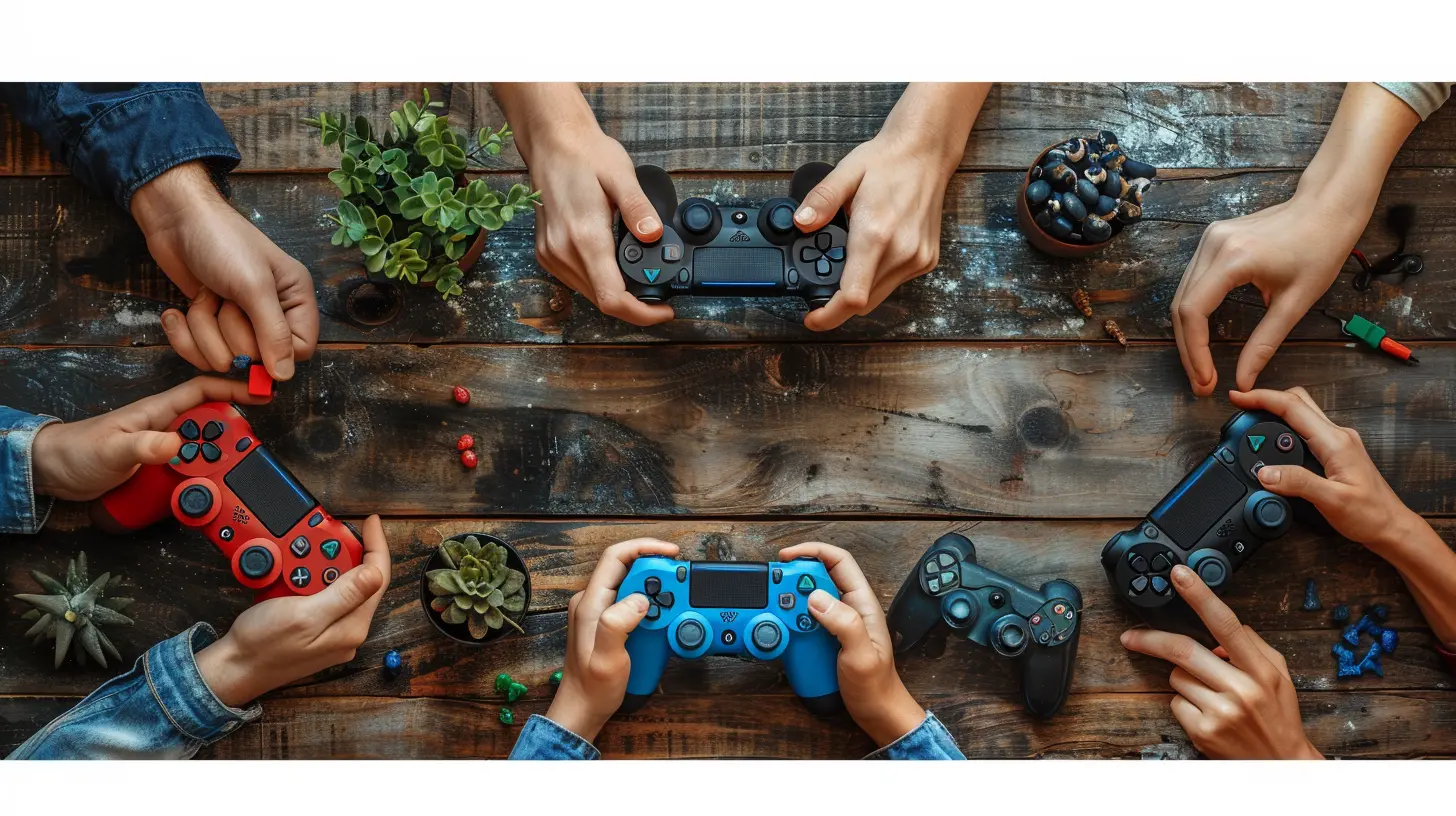
Real-World Examples of Gamification in B2C
Let’s look at how brands are already killing it with gamification.Starbucks
Their Rewards app does it all—points, levels (Green and Gold), badges, and bonus challenges. Users aren’t just buying coffee. They’re playing a loyalty game.Nike Run Club
Nike knows how to pump you up. Their app gives out trophies and badges for your runs, shares global leaderboards, and introduces challenges with friends. It keeps fitness social and competitive.Duolingo
Say what you will about the green owl—but they’ve nailed gamification. XP points, daily streaks, hearts (lives), and leaderboards turn language learning into an addictive mobile game.Sephora Beauty Insider
A classic tiered rewards system. The more you spend, the higher you go—from Insider to VIB to Rouge. Each level unlocks new benefits, creating a strong sense of privilege and belonging.How to Integrate Gamification into Your B2C Strategy
Feeling inspired? Good. But don’t just slap a leaderboard onto your site and hope for glory. Gamification has to be intentional and aligned with your brand goals.Here’s how to do it right:
Step 1: Know Your Audience
Are they competitive? Social? Achievement-driven? What motivates them? Gen Z might chase streaks or badges, while Millennials prefer tiered rewards and exclusivity.Tailor your gamification elements accordingly.
Step 2: Define Desired Behaviors
What do you actually want your users to do?- Sign up for newsletters?
- Make repeat purchases?
- Leave reviews?
- Share on social media?
Gamification should reward meaningful actions—not just random clicks.
Step 3: Keep It Simple (At First)
Don’t overload users with 10 different game mechanics on day one. Start with one or two core elements—like points and badges—and build as your audience gets comfortable.Step 4: Measure and Iterate
Track what’s working. Are users responding to challenges? Are they dropping off after level 1?Gamification is a long-term play. Tweak, test, and grow.
Common Mistakes to Avoid
Even gamification has pitfalls. Watch out for these:1. Making Everything About the Game
Gamification is a support structure—not the main event. Your product or service still needs to deliver real value.2. Overcomplicating Mechanics
If people need a manual to figure out your points system, you’ve gone too far. Keep rules intuitive and rewards clear.3. Ignoring the Emotional Side
Gamification is about psychology. If it feels manipulative, fake, or boring, users will bounce. Focus on delight, surprise, and satisfaction.The Future of Gamification in B2C
The next wave of gamification taps into even more immersive tech:- AR/VR elements for in-store experiences
- AI-powered personalization to tailor challenges to user behavior
- Blockchain-based rewards that offer real-world value
As attention becomes more fragmented, interactive experiences will become the norm—not the exception.
So if you’re still doing plain old email promos and banner ads, now is the time to evolve. Gamify or get left behind.
Final Thoughts
Gamification isn’t a gimmick. It’s a smart way to create memorable, engaging experiences that make customers feel connected to your brand. And when done right, it turns users into fans—and fans into advocates.No matter your industry, there’s a way to add game mechanics into your customer journey. Start small, stay human, and always put the user experience first.
So, ready to level up your engagement strategy?
Let the games begin.
all images in this post were generated using AI tools
Category:
B2c MarketingAuthor:

Susanna Erickson
Discussion
rate this article
2 comments
Tamsin Stewart
Great insights! Gamification offers a fantastic way to connect with customers on a deeper level. Understanding their needs and emotions can truly transform engagement and foster lasting relationships. Thank you for sharing!
November 13, 2025 at 3:39 AM

Susanna Erickson
Thank you for your kind words! I'm glad you found the insights valuable—gamification really can create meaningful connections with customers.
Lillian McMahan
This article effectively highlights gamification's potential to enhance B2C engagement. By integrating game mechanics, brands can foster loyalty, motivate consumer behavior, and create memorable experiences, driving sustained interaction.
July 20, 2025 at 4:47 AM

Susanna Erickson
Thank you for your insightful comment! I'm glad you found the article highlights on gamification's impact on B2C engagement valuable.
